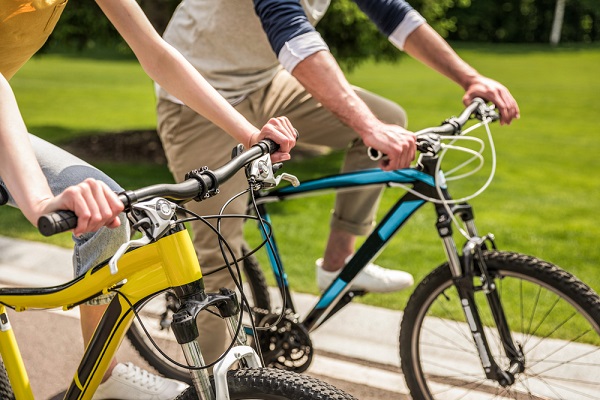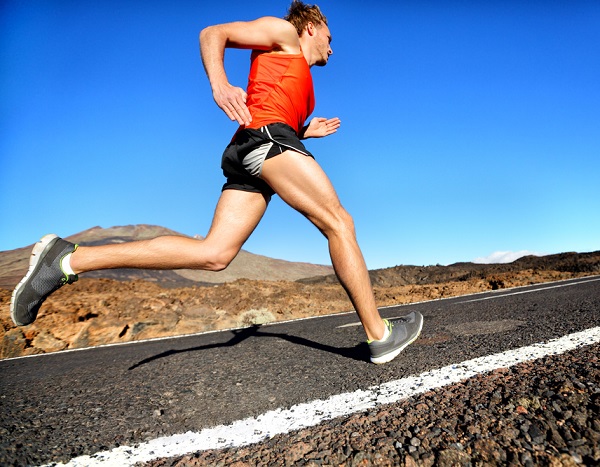The importance of speed and agility training cannot be stressed enough!
Agility can be described as the ability of your body to be fast, nimble and graceful.
Simply put, it refers to how efficiently and effectively you can change the position and direction of your body whilst maintaining control.
Apart from improving athletic performance, being agile also improves your day-to-day movements.
Whether you are looking to enhance your balance or recovery time, speed and agility training will certainly get you there!
So, what exactly are the benefits of speed and agility training?
Benefits of speed and agility training?
There are numerous benefits to strength and agility training. They include;
- Prevention of injury
A lot of injuries occur if the body gets misaligned in certain motion- think of tearing the ligaments in your knees if you step wrongly.
Or perhaps even pulling and straining the muscles in your lower back when lifting from an incorrect position.
Strength and agility training enhances balance, control, and flexibility, thus enabling your body to maintain the correct posture as well as alignment during various movements.
Such training also assists the body in learning about proper body placement. This means that sensitive body parts such as the knees, lower back, and shoulders are always protected in quick movements.
- Better coordination and balance
Have you ever observed a gymnast balancing on the beam? Their movements are usually fluid, energetic, and most important of all, perfectly balanced!
On top of prevention of injury, agility training also encourages your body to develop great balance even in the midst of energetic movements, just like a gymnast balancing on the beam.
Practicing quick starts and stops, hand-and-eye coordination together with speed assist the body in working as a whole.
Once the body is in sync, your movements become more and more fluid for smooth and coordinated transitions.
- Enhanced recovery time
An intense training session could leave you feeling sore and with lower levels of energy to face the following day.
However, the bursts of movements involved in speed and agility training help to build strength in your musculoskeletal system. This in turn reduces your recovery time.
- Body and mind connection
Strength and agility training helps in building paths in your brain for quick responses to certain stimuli.
These responsive movements might at first feel forced, but start to feel more natural with practice.

Does it work?
Yes. Strength and agility training does work and has proven to be quite effective in numerous individuals; athletes in particular.
The more time you dedicate to your training, the sooner you get to enjoy the benefits associated with such training! Dedication and patience are crucial here.
Exercise Guide: Low Impact Cardio Guide for Beginners
Difference between speed and agility
Speed refers generally refers to how fast you are capable of moving your legs and arms in a manner that permits you to move as quickly as you can in a straight line.
This is commonly known as linear speed.
Those who have a hard time breaking away from or keeping up with their competitors are most likely to benefit from including speed exercises in their workout routine.
Agility, on the other hand, refers to the ability to shift direction fast and effectively. Those who often find themselves off-balance might benefit greatly from agility training.
Types of exercises to improve speed and agility
There are several kinds of speed and agility exercises. Some might be more challenging than others, but they all have one objective; to improve your speed and agility.
Let’s take a look at some of them;
- Lateral plyometric jumps
These particular exercise helps in building and improving coordination, balance and power by utilizing your natural body weight.
This exercise is vital for whichever athletic position that calls for power and lateral coordination.
-
Dot drills workout
Dot drills are one of the most effective ways of improving ankle and knee strength, which is exactly what you need for soccer, basketball, and racket sports among other sports.
Dot drill workout enable you to smoothly shift direction without any notice. And to successfully complete the dot drill, all you need is a dot drill mat.
Begin your work out by jumping from one dot to another with both feet for about 30 seconds. Once warmed up, move to hopping on one foot and try to stock to a specific pattern of jumping.
-
High-knee drills (forward running)
 This particular exercise improves your speed and foot coordination.
This particular exercise improves your speed and foot coordination.
Run forward with high knees through the ladder whilst landing on each ladder space. Ensure that you are landing on your feet’s balls and push forward with both arms.
-
Side-to-side drills (lateral running)
These drills significantly improve your ankle and knee stability, thus making them perfect for those involved in court-sports.
The exercise involves stepping both your feet, one followed by the other, inside every space of the ladder. Ensure that you are landing on your feet’s balls and push forward with both arms.
A proper form is key in this exercise. Always maintain a low center of gravity.
Exercise Guide: Learn Jackknife Exercise Here
-
Jump box drills
This speed and agility exercise is great for the glutes, hamstrings, and quad muscles.
Begin by standing on a Vertimax 8 mat of medium to heavy resistance. Maintaining the knees over the toes, try jumping as high and as quick as you can and land on the balls of your feet.
-
Plyometric drill
This exercise is often used inn building speed and explosive power. In addition, this agility exercise improves dexterity, coordination, and significantly improves sports performance.
Start by setting up several hurdles, about 2 feet apart, and proceed by jumping over each hurdle. Ensure that you land on the balls of your feet and immediately jump over the next hurdle, pushing forward with your arms.
-
Cone drills
Also known as L drills, this is a popular speed and agility workout utilized by professional trainers and coaches in developing speed and a quick change of direction.
Begin by setting your cones for the three-cone drill. The exercise involves moving around the cones at differing speeds and making sharp turns in the process.
